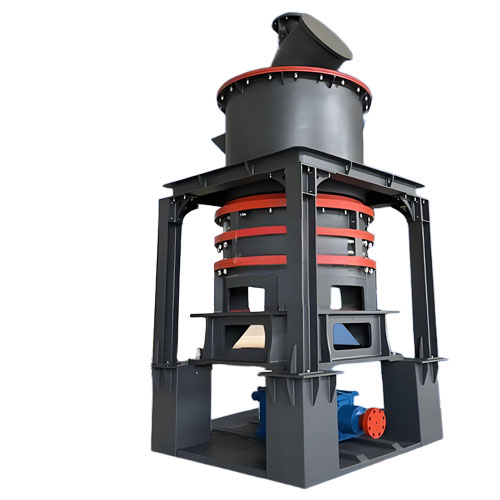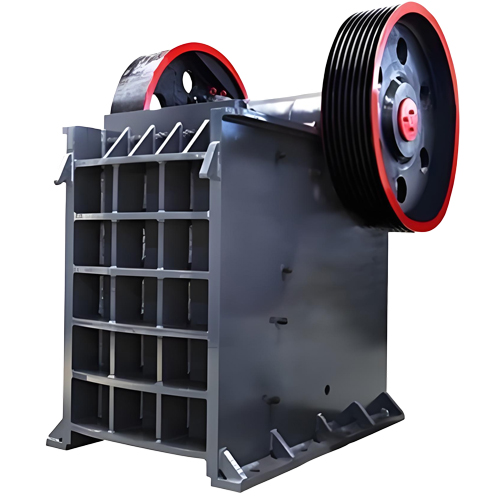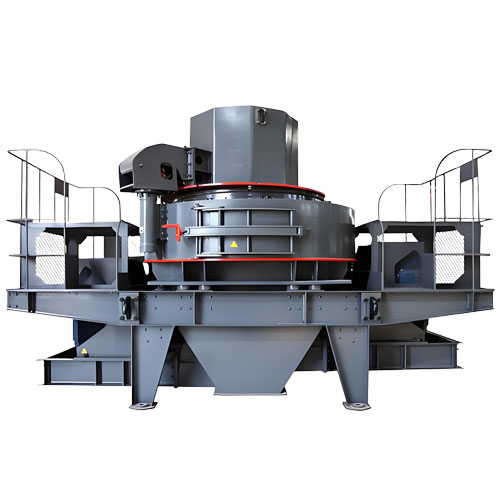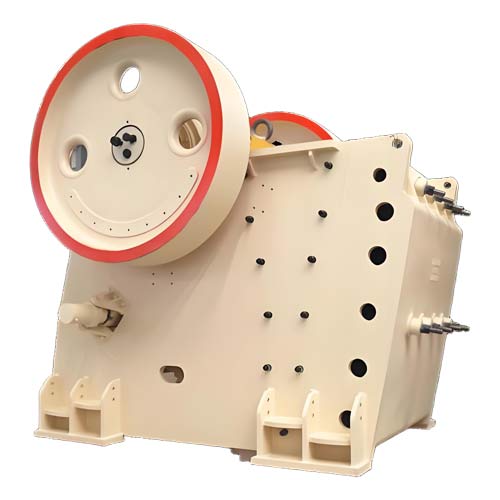Introduction to the uses and equipment of pyrophyllite grinding
The use of pyrophyllite powder
After grinding, pyrophyllite is processed into fine powder which has a wide range of applications in many industrial fields. The main uses include:
1. Fiberglass industry
○ As the main raw material, medium aluminum pyrophyllite with an Al₂O₃ content of 18%~22% is preferred. It can replace aluminum powder to reduce costs, optimize the aluminum-silicon ratio, and improve the mechanical strength of glass fiber.
2. Papermaking industry
○ Taking advantage of its low hardness, easy crushing and stable chemical properties, it can be used as paper filler and coating to improve paper density, whiteness, smoothness and printing performance, and reduce production costs.
3. Ceramic Industry
○ Due to its high AlO content, heat resistance and low shrinkage at high temperatures, it is suitable for the production of daily-use ceramics, architectural ceramics, electrical ceramics, corrosion-resistant ceramics, etc., reducing product deformation and cracking.
4. Refractory materials
○ It has a high melting point (refractory degree ≥ 1700℃) and is used to manufacture aluminum silicate refractories, crucibles, etc. It can be mixed with other minerals to prepare new refractory materials (such as mullite).
5. Chemical and textile industries
○ Ultrafine powder can be used as filler for plastics, rubber, coatings, chemical adsorbent, additive, bleaching agent, and improve the performance of composite materials.
6. Synthetic diamonds
○ Its layered structure, low hardness and good electrical and thermal insulation make it a pressure transmission medium and sealing material for high-pressure synthetic diamond.
7. Other areas
○ Carving stone, cosmetics, medicine, sugar making, etc., as auxiliary materials or filling materials to improve product performance.
Pyrophyllite Grinding Equipment
According to production capacity, fineness and process requirements, commonly used equipment includes:
1. Raymond mill
○ Production capacity: 1-50t/h, finished product particle size 38-180μm.
○ Advantages: high efficiency and energy saving, high precision, stable operation, good shock absorption effect, easy maintenance and low cost.
2. Vertical grinding mill
○ Production capacity: 1-200t/h, finished product particle size 22-180μm.
○ Advantages: high grinding efficiency, high degree of automation, environmental protection and low noise, strong drying capacity and low overall investment.
3. Ultrafine vertical grinding mill
○ Production capacity: 1-50t/h, finished product particle size 3-22μm.
○ Advantages: Suitable for ultrafine powder processing, low energy consumption, high classification efficiency, and low operation and maintenance costs.
4. Other auxiliary equipment
○ Crushing stage (jaw crusher, cone crusher, impact crusher) is used to pre-process bulk materials;
○ Grading equipment (powder selector) ensures that the finished product fineness meets the standards;
○ The dust collection system (pulse dust removal) meets environmental protection requirements.
Summarize
Pyrophyllite grinding can achieve different fineness requirements through diversified equipment. Its powder is widely used in high value-added fields such as ceramics, glass fiber, and refractory materials. When selecting equipment, it is necessary to comprehensively consider production capacity, fineness and environmental protection requirements. It is recommended to choose a brand direct sales manufacturer to obtain cost-effectiveness and after-sales guarantee.
Related Products
Inquiry
Please leave us your requirements, we will contact you soon.





